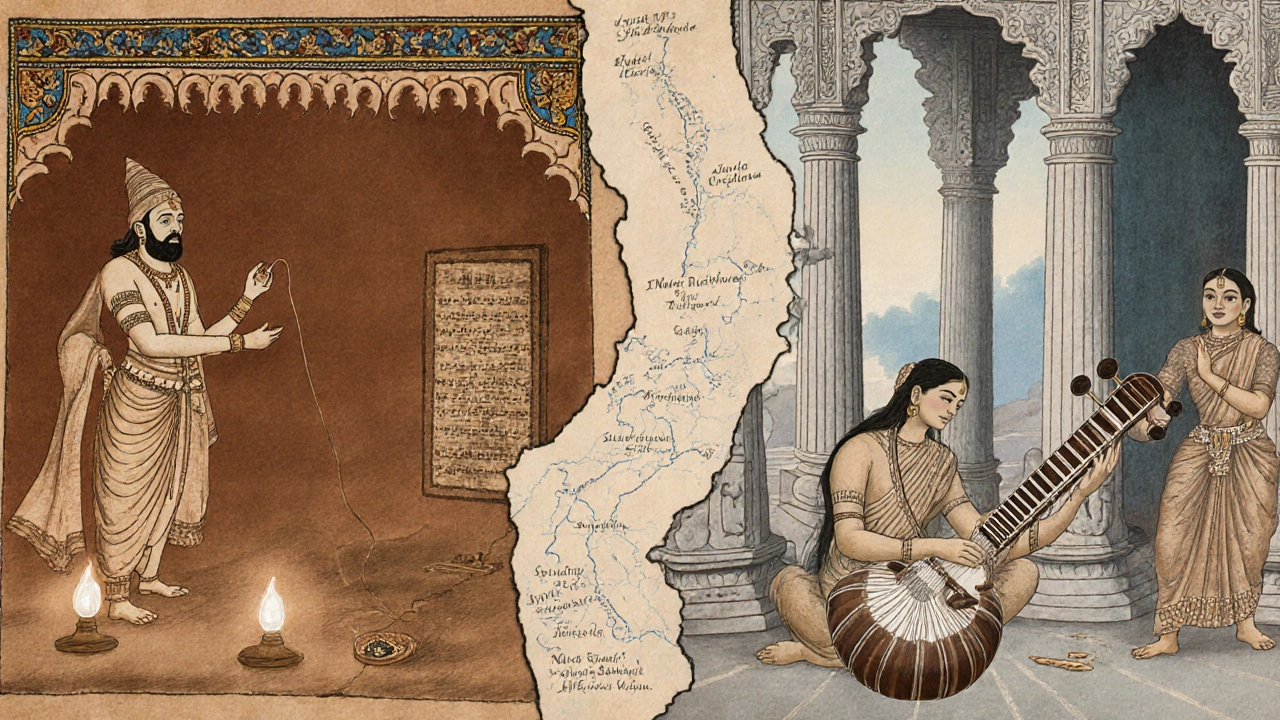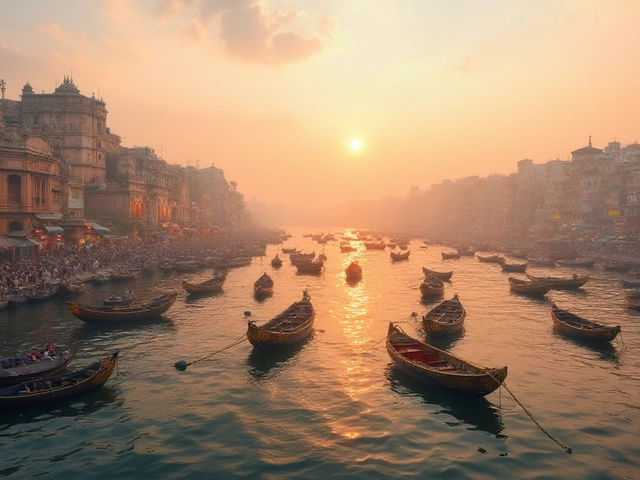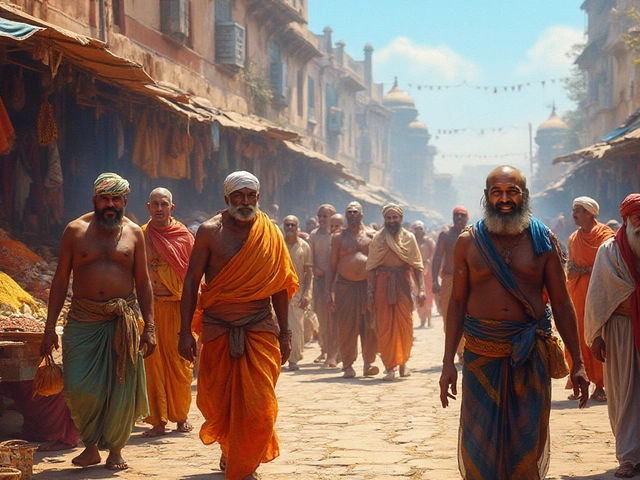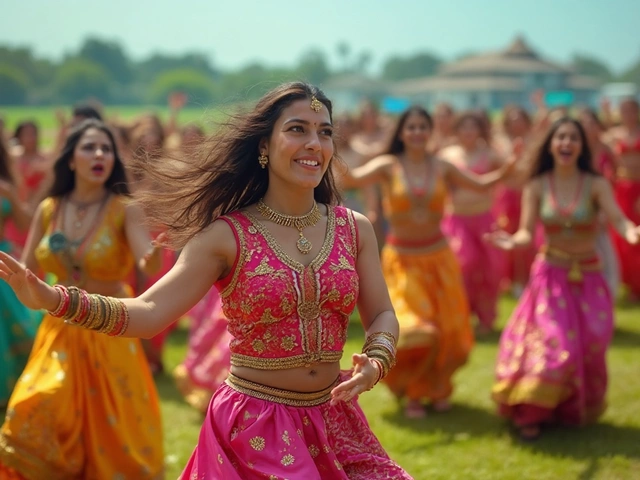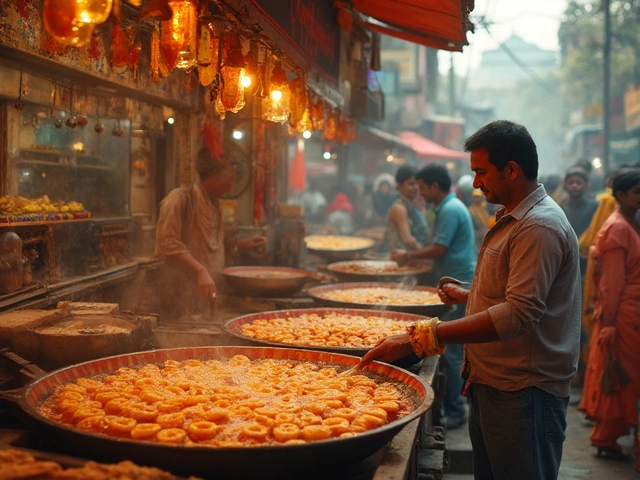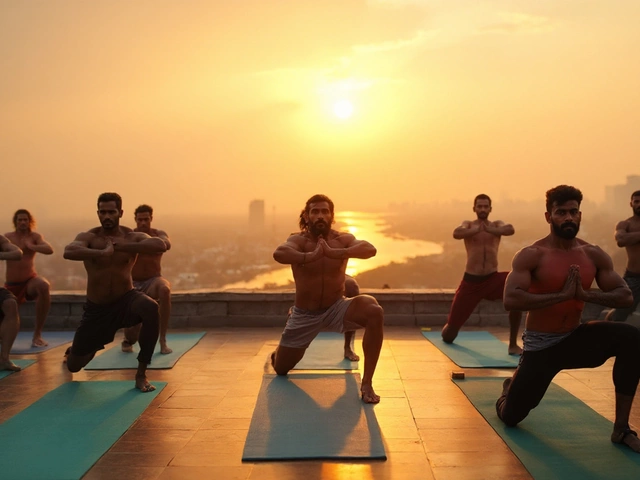Indian classical music is a centuries‑old tradition that split into two major streams: Hindustani music of the north and Carnatic music of the south. While both share roots in ancient Vedic chants, their evolution diverged around the 13th century, creating distinct aesthetics, structures, and performance practices. If you’ve ever wondered why a sitar solo sounds so different from a veena recital, the answer lies in these regional pathways.
Historical Roots and Divergence
The earliest musical ideas appear in the "Natya Shastra" and the "Samaveda," which describe melodic patterns and rhythmic cycles that underpin both traditions. After the Mughal empire established its courts in the north, Persian musical concepts blended with indigenous styles, shaping what we now call Hindustani music. Meanwhile, South Indian kingdoms like the Vijayanagara Empire preserved a more devotional, temple‑centered approach, giving rise to Carnatic music. This geographic split solidified around the 14th‑15th centuries, and the two systems have been evolving on parallel tracks ever since.
Core Concepts: Raga and Its Nuances
Both systems revolve around the Raga, a melodic framework that defines a set of notes, ascent‑descent rules, and emotional mood. In Hindustani music, a raga often begins with an Alap-a slow, unmetered exploration that can last over 30 minutes in a concert. Carnatic raga exposition, called Raga Alapana, is typically shorter and interwoven with rhythmic phrases from the start. Moreover, Hindustani ragas tend to emphasize microtonal inflections (shrutis) and glissandos, while Carnatic ragas are more gamaka‑rich, using specific oscillations that give each note a distinct ornamented character.
Rhythmic Foundations: Tala vs. Tala
The rhythmic cycle, or Tala, also diverges. Hindustani talas like Teentaal (16 beats) or Rupak (7 beats) rely on a simpleclap‑and‑wave pattern to mark the first beat (sam) and the division of accents. Carnatic talas (or Kalpana talas) use a more complex system of beats (matras) arranged in groups called angas. For example, Adi Tala has 8 beats divided into 4+2+2, and performers often chant the rhythmic syllables (solkattu) before playing. This results in a tighter, more mathematically intricate groove in the south.
Instrumentation: Strings, Percussion, and Voices
Instrument choices reinforce the regional character. Hindustani ensembles typically feature the sitar, sarod, and tabla. These instruments produce long, resonant sustain that suits the expansive Alap. Carnatic groups, by contrast, place the veena, mridangam, and a range of wind instruments like the nagaswaram. The mridangam’s pitched beats complement the fast, intricate rhythmic patterns of Carnatic music.
| Aspect | Hindustani (North) | Carnatic (South) |
|---|---|---|
| Historical Influence | Persian‑Mughal fusion | Temple‑based devotional |
| Raga Presentation | Extended Alap, microtonal glides | Raga Alapana with defined gamakas |
| Tala Structure | Simple clap‑wave cycles (e.g., Teentaal) | Complex matra groups, solkattu syllables |
| Typical Instruments | Sitar, sarod, tabla, bansuri | Veena, mridangam, violin, flute |
| Improvisation | Long, leisurely improvisation (Alap, Jor, Jhala) | Fast melodic improvisation (Kalpana Swaras) within compositions |
| Composition Form | Khyal, Dhrupad, Thumri | Kriti, Varnam, Padams |
| Pedagogical Tradition | Guru‑Shishya parampara, Gharana schools | Guru‑Shishya parampara, Bani schools |
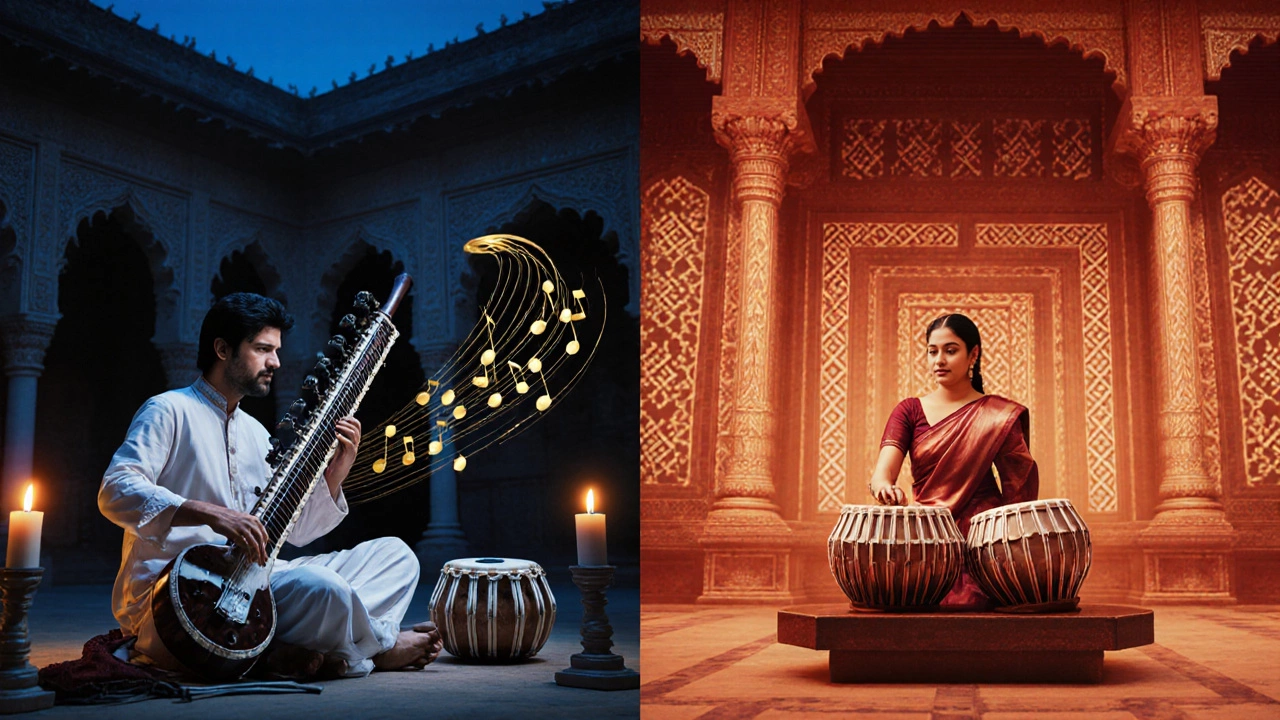
Improvisation and Performance Practice
Improvisation is central to both, but the approach varies. In a Hindustani recital, the artist gradually builds from a slow Alap to a rhythmic Jod and Jhala before launching into a composed piece (e.g., a Khyal) where improvisation occurs around the melody and lyrics. Carnatic concerts follow a stricter order: an opening Raga Alapana, a Tanam, then a composed Kriti that serves as a canvas for Kalpana Swaras (improvised melodic passages). The southern style often includes a fast-fire rhythmic exchange called Ragam Tanam Pallavi, showcasing the artist’s command over both melody and rhythm.
Pedagogy: Guru‑Shishya Parampara and Lineage
Both traditions preserve the Guru‑Shishya parampara, a mentorship system where knowledge passes from teacher to disciple through years of close, often residential, training. In the north, these lineages crystallize into Gharanas-distinct schools like the Patiala, Kirana, or Jaipur‑Atrauli each with characteristic phrasing and ornamentation. The south organizes its heritage into Bhāṇḍis or Bani traditions, named after great composers such as Tyagaraja, MuthuswamiDikshitar, or SyamaSastri. While both systems stress oral transmission, the north’s Gharana model places more emphasis on stylistic nuances, whereas the south’s Bani approach often codifies compositional structures.
Regional Styles, Festivals, and Audience
Performance contexts also differ. Hindustani music thrives in royal courts (historically) and modern festivals like the DoverLane Music Festival or the Tansen Music Festival, where audiences expect long, meditative explorations. Carnatic music, rooted in temple rituals, features annual “purav the
” (the article should not contain such weird characters; I think we need to avoid that).
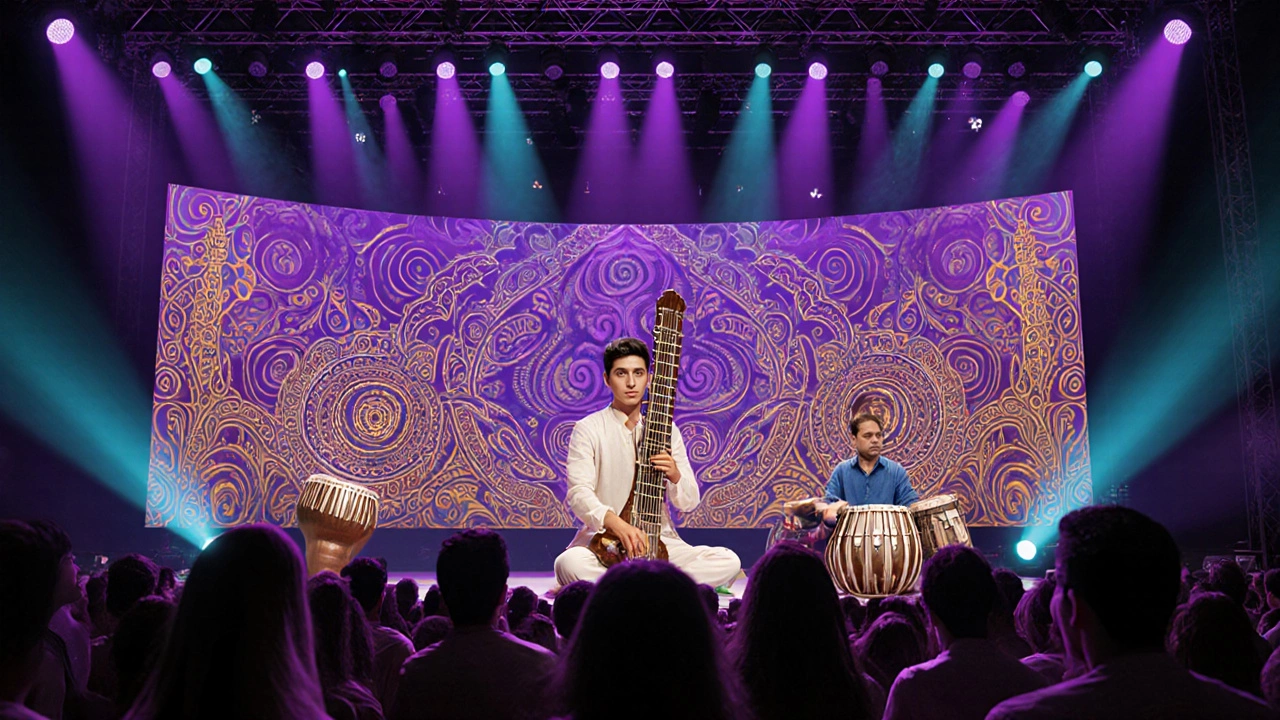
Contemporary Fusion and Global Reach
Today's musicians blend the two streams more than ever. Artists like Shankar Mahadevan fuse Hindustani improvisation with Carnatic rhythmic vigor, creating a pan‑Indian sound that appeals to global audiences. Film composers, too, borrow raga motifs from both traditions, making the differences less stark for listeners unfamiliar with the nuances. Yet, when a connoisseur hears a pure Hindustani alap versus a Carnatic kriti, the contrasting aesthetics remain unmistakable.
Quick Takeaways
- Hindustani music grew under Persian influence; Carnatic stayed temple‑centric.
- Raga exposition in the north is slower and more fluid; in the south it’s ornament‑rich and concise.
- North Indian talas use simple hand‑clap cycles; South Indian talas employ complex matra groupings.
- Signature instruments differ: sitar & tabla versus veena & mridangam.
- Improvisation styles diverge: expansive Alap vs. rapid Kalpana Swaras.
Frequently Asked Questions
What is the main historical reason for the split between Hindustani and Carnatic music?
The split dates to the 13th‑15th centuries when Persian‑Mughal courts in North India blended local scales with Persian modes, while South Indian kingdoms kept music attached to temple worship and devotional compositions.
How does a raga differ between the two systems?
In Hindustani music a raga is introduced with a slow, unmetered Alap that highlights subtle microtonal shades. In Carnatic music the same raga is presented with defined gamakas-specific oscillations-that give each note a distinctive flavor.
Which instruments are unique to each tradition?
The sitar, sarod, and tabla are hallmarks of Hindustani music, while the veena, mridangam, and nagaswaram are core to Carnatic music.
What is a Gharana?
A Gharana is a North Indian school or lineage that passes down a distinct style of playing, such as the Kirana or Patiala Gharana.
Can a musician train in both Hindustani and Carnatic traditions?
Yes, many modern artists study both systems. While mastering each requires years of dedicated practice, cross‑training enriches improvisational vocabulary and expands performance opportunities.
